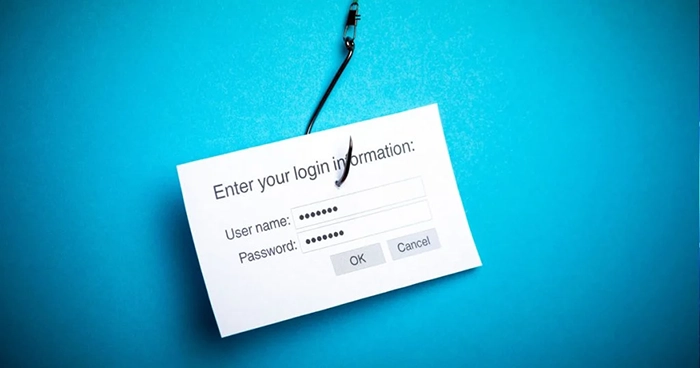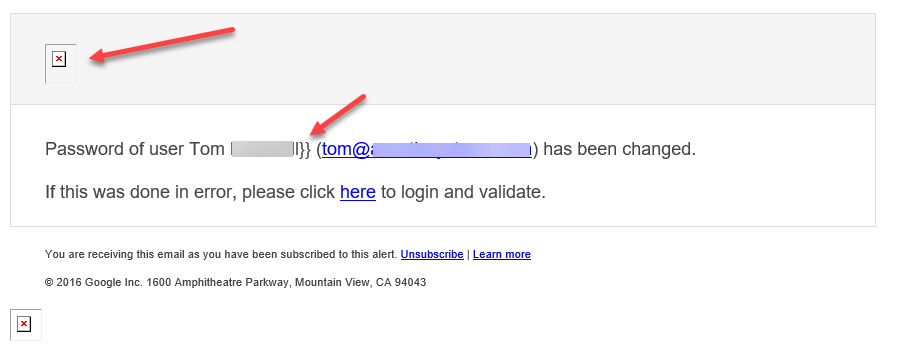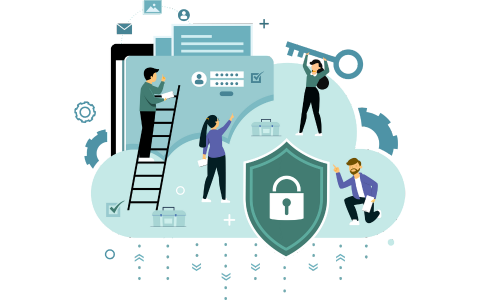Email Security for Organizations: Phishing Protection & Employee Training
Email remains one of the most vital tools for modern businesses, but it’s also one of the most targeted by cybercriminals. From phishing scams to...

What is phishing is a great question. It’s when someone sends you an email that looks like a legitimate email. These emails can oftentimes look completely legitimate, but there are several ways you can tell they’re fake. This email you clicked on has several indicators as shown below.
Keep these steps in mind when you’re receiving emails, specifically, emails asking for account credentials or password resets. To be safe, NEVER ENTER A PASSWORD ON A LINK YOU CLICKED ON IN AN EMAIL.

As you can see in this email, the email address is “@levz.com”, obviously not from Google. However, this email address is so long that it sometimes will be hidden from the view that it’s not actually from Google.
Always check the email address from the sender.
Check the email content. Sometimes you’ll see things that just don’t quite look right. In the email you got, there are a few signs that this could be a fake email.

This email has some signs that it could not be legitimate:
Almost always there will be a link in the email to have you validate your credentials or some sort of “call to action”. In this email it’s referencing that you should click here to login and validate.

You can see from “hovering” over the link, that this link is going to a fictitious web link. These links are sometimes masked quite well and will look like a legitimate web link.
There will be signs that the link that you clicked is not really the site that you’re visiting. Many times it will go to a site that is “not secure” or to a site that has a web link that does not match who you’re visiting.

You can see from the link in the address bar a few things. One is a “Not Secure” warning and secondly that the URL is not Google at all.
If you have any questions, please reach out to Cortavo today!


Email remains one of the most vital tools for modern businesses, but it’s also one of the most targeted by cybercriminals. From phishing scams to...
.webp)
Internet Safety vs. Cybersecurity The terms roll off our lips all the time, but we seldom really think about them. The 21st century is completely...

Cybersecurity insurance is among the hottest trends. It goes by many names, often called cyber insurance or cyber liability insurance. Whatever name...